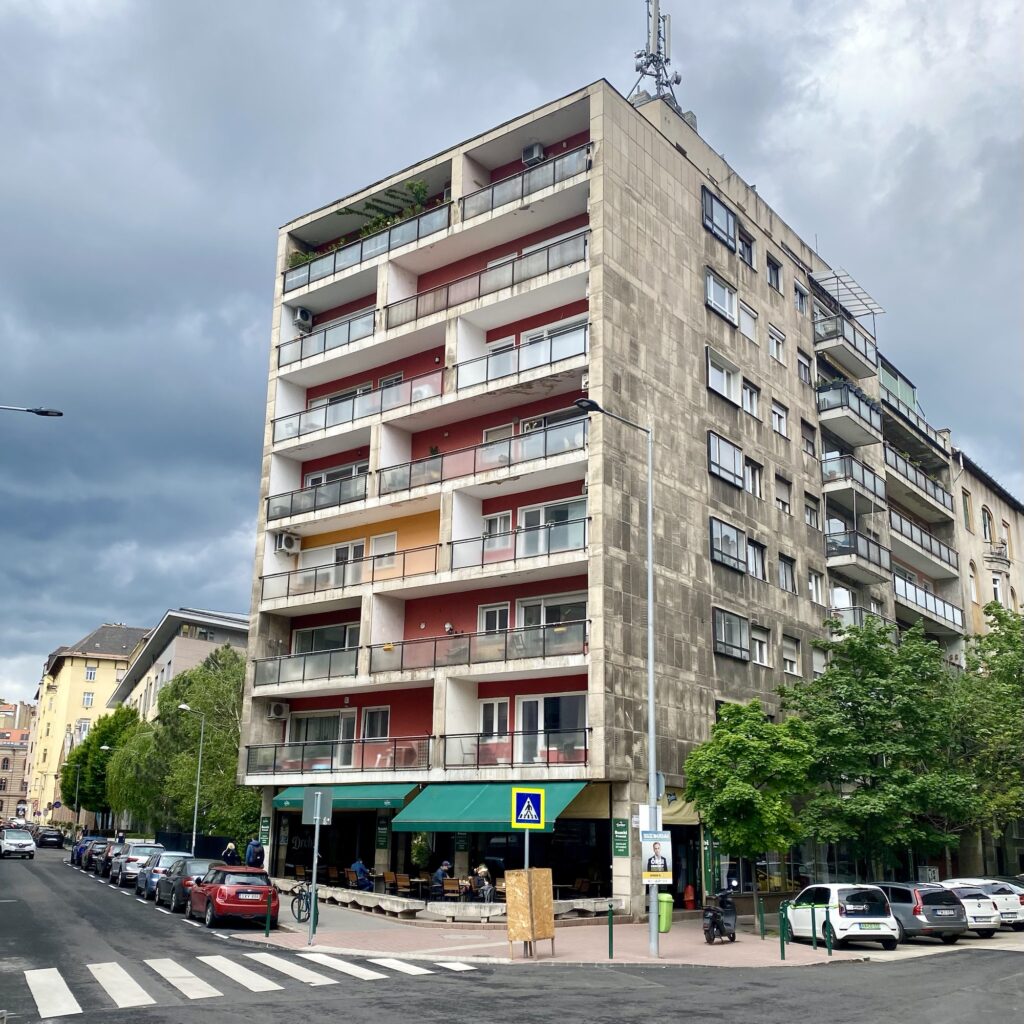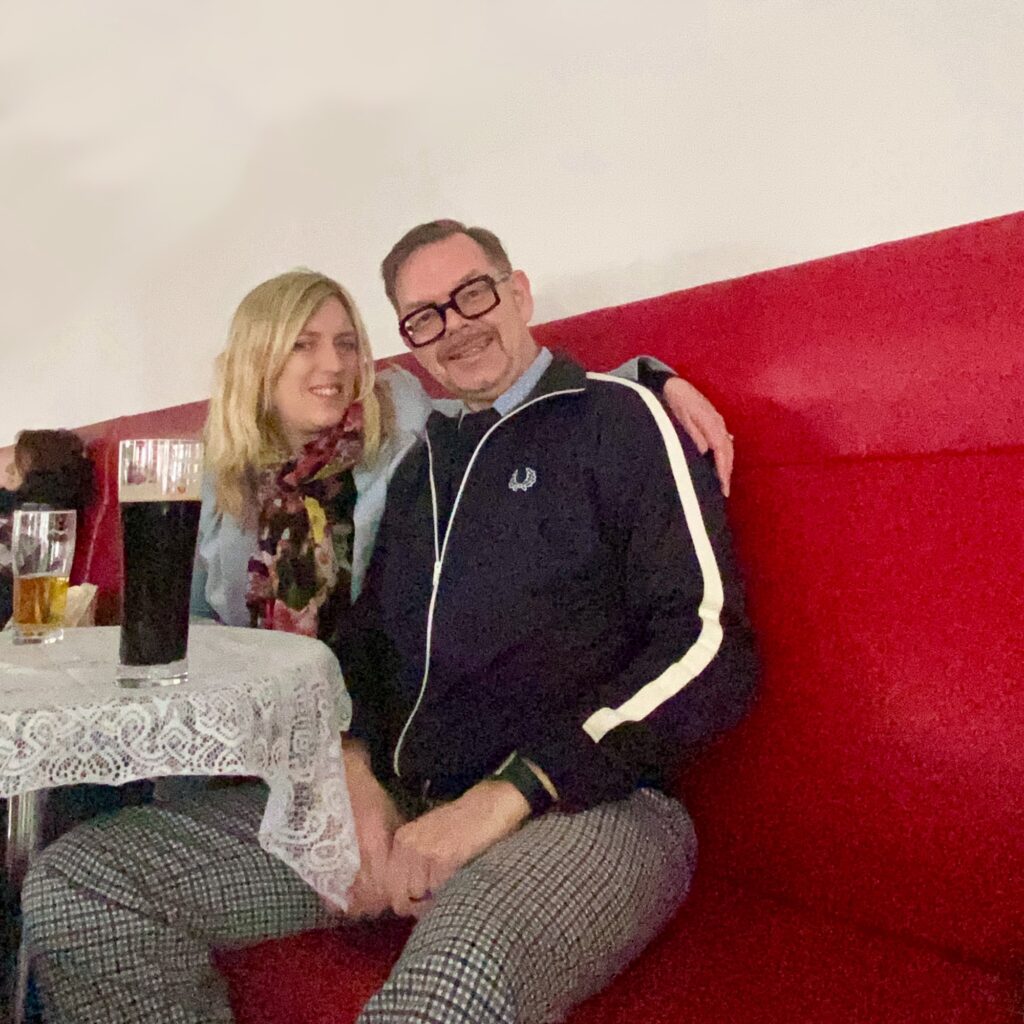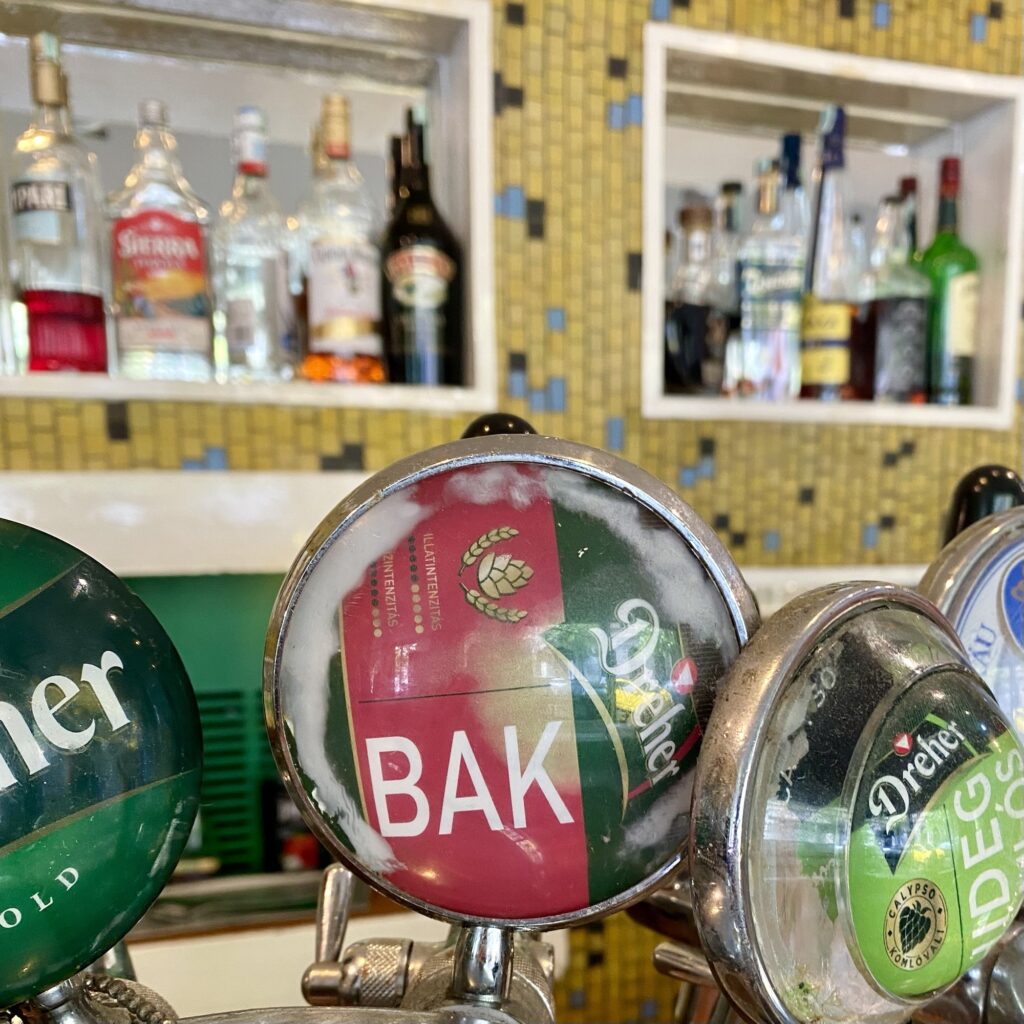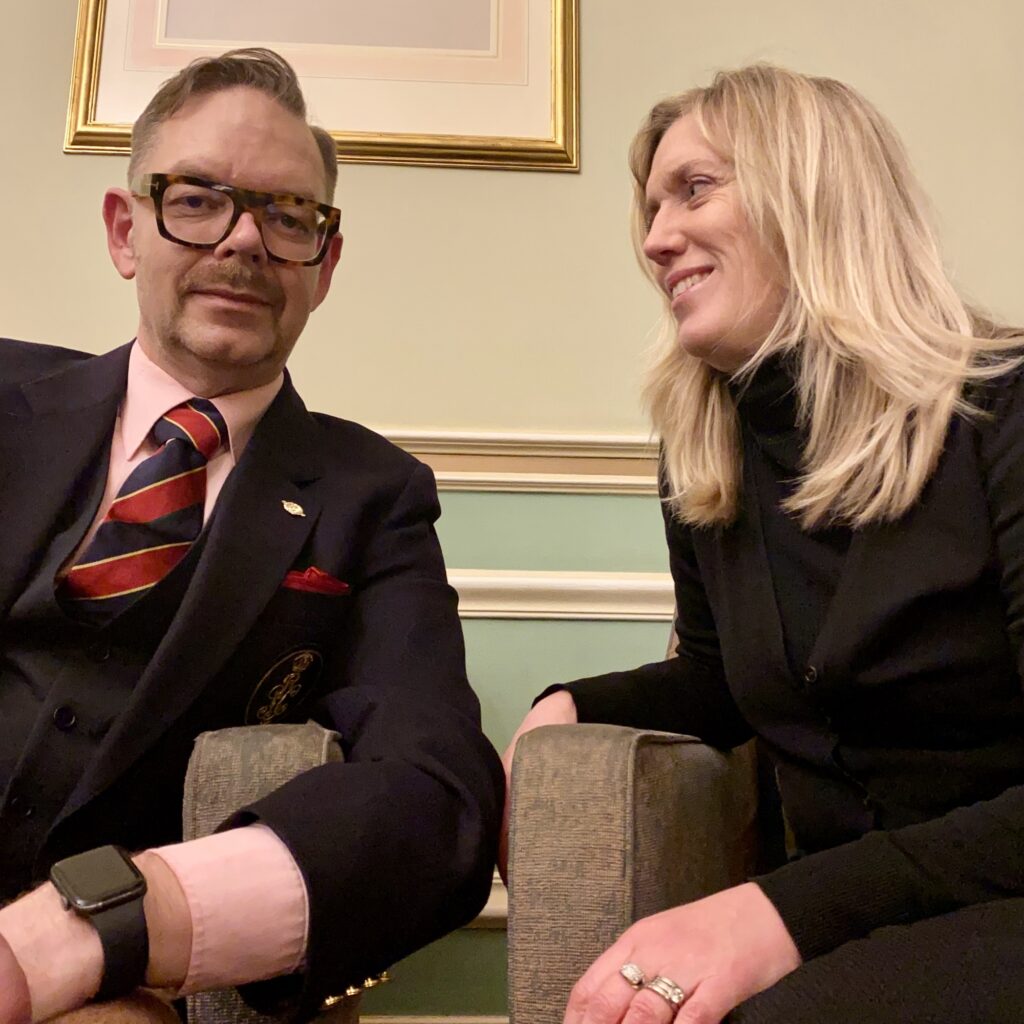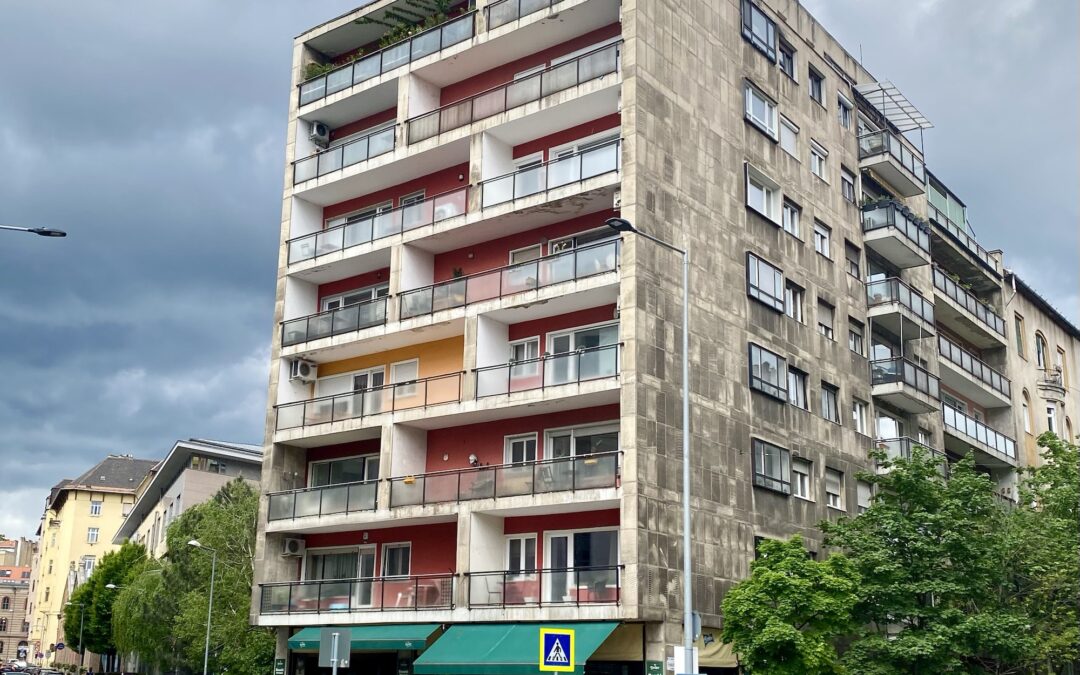
Echoes of Brutalism: A Journey Through Budapest’s Past and Present
I want to be like the people in Budapest, experiencing what they did during the times of Socialist Modernism and Brutalism. We took the tram to the Buda side, unsure why, but I knew we had to start somewhere. So, it began at a random tram station.
As we walked through the park, I noticed a house characterized by simple, geometric forms and a lack of ornamental detailing. ‘Pretend we’re back in the era of Brutalism,’ I suggested. You simply replied, ‘Oh, you’re a time machine.’ ‘Yeah,’ I said.
We found a bar on the ground floor, where the indoor design echoed a collective society: rugged, with raw concrete as the primary material, complemented by traditional Hungarian patterns. Notice the house facade, the red galleon sofa, and the style of tiles behind the bar.
Wanting to further immerse myself in the Budapest experience, I started to appreciate Dreher Bak, a double bock with a full-bodied dark flavor and a hint of caramel.
